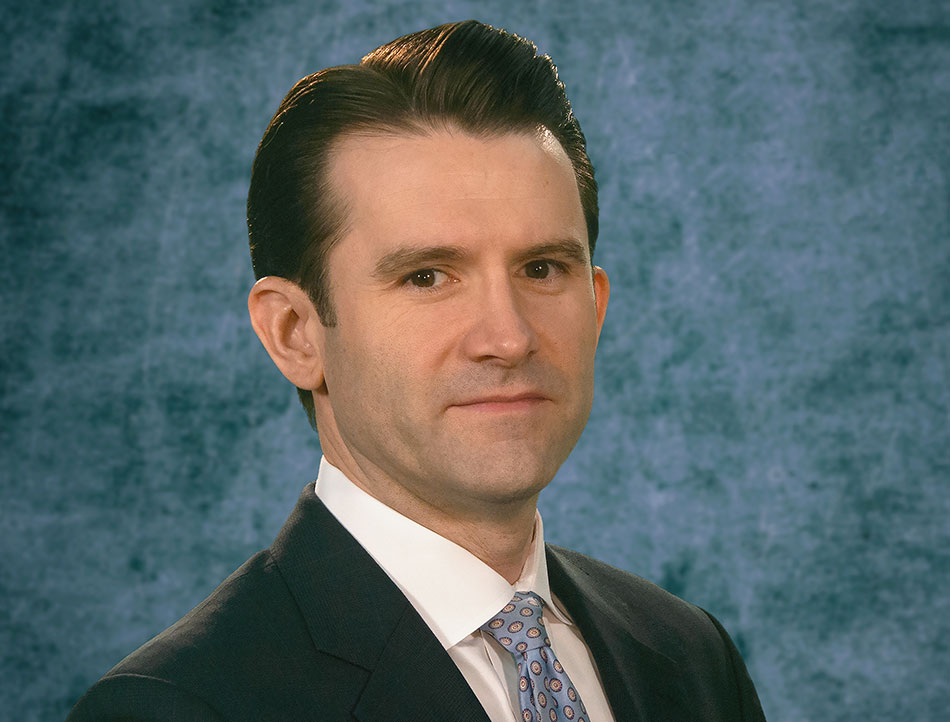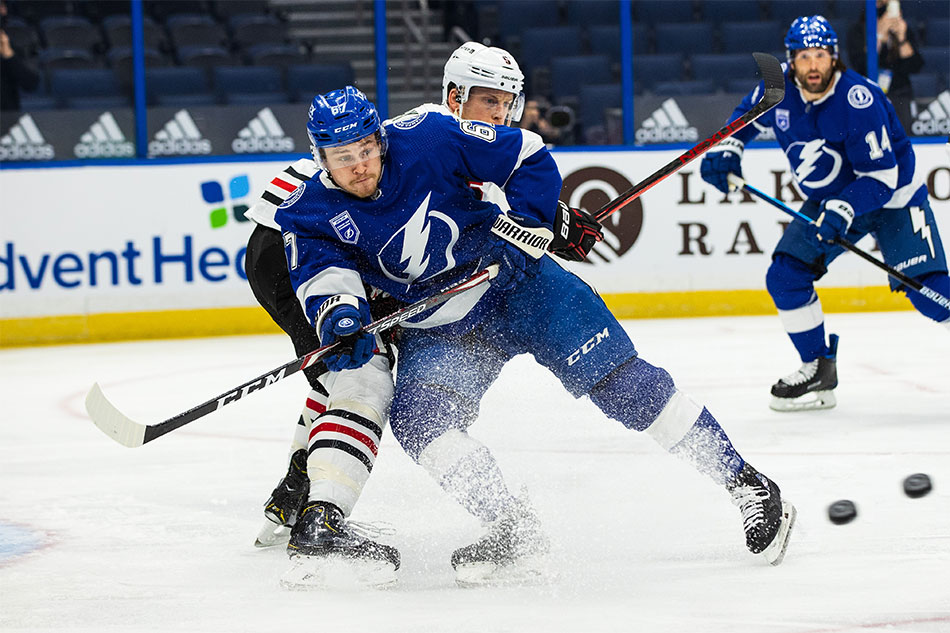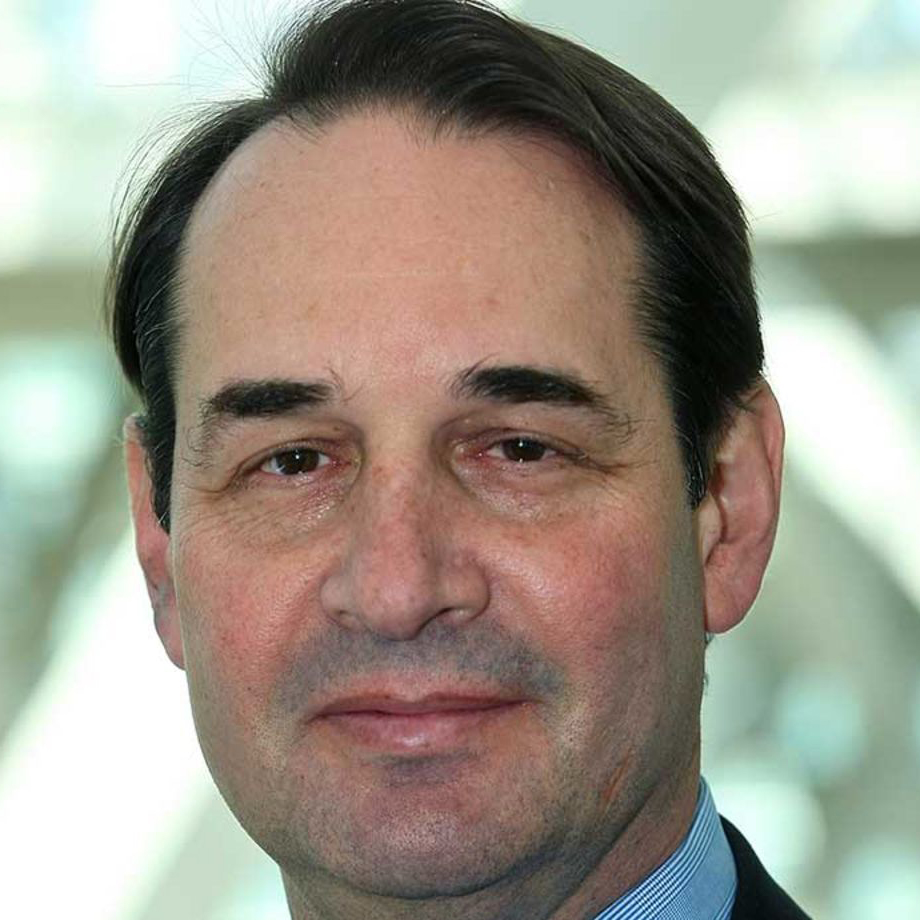CEO Chris Ripley Likes Sinclair’s Gamble on Local Content
Sees retrans, betting, NextGen TV driving future revenues

Sinclair Broadcast Group has always done things its own way.
It was among the first to scale up and to use hundreds of TV stations to extract cash from the networks and distributors it works with. It has often been a pioneer in technology. It has also known its share of controversy, from the lawsuits that followed a failed bid to buy Tribune Broadcasting to the commentaries on its newscasts that have cast the company as a right-wing partisan. But when Sinclair, one of the biggest station owners in the country, speaks, the industry listens.
Multichannel News talked with Sinclair president and CEO Chris Ripley about some of the industry’s big-picture issues, including retransmission consent, consolidation, regional sports networks, NextGen TV technology and stations getting into the national news business. The interview was edited for space and clarity.
MCN: We had several retransmission disputes at the end of the year, but I don’t think any of your stations are blacked out now.
Chris Ripley: We’re not in any blackouts now.
MCN: Are retransmission fees going to top out, or continue to keep growing as a source of revenue for stations and as a reason for MVPDs [multichannel video programming distributors] to get out of the video business?
CR: Look, nothing lasts forever. But the share shift that’s going on between cable channels is still going to be a trend for many, many years to come. Broadcast still has a very big disparity of its contribution to total viewership versus its share of the [subscriber] fee pie. That’s why you’ve seen such great growth on the retrans side. It’s going to increasingly come at the cost of some of these cable channels. I mean, who watches USA or FX or AMC? You get all of that stuff on the streaming services. When you take a look at what broadcast provides in terms of the quality of programming, it’s the most premium sports that there are; it’s local news, which is still very important. Primetime has suffered, but it is still as good as it gets and syndication still has a loyal following.
The smarter way to stay on top of the multichannel video marketplace. Sign up below.
MCN: Are you concerned about the supply of quality primetime programming as the big media companies — NBCUniversal, ViacomCBS, The Walt Disney Co. and Fox — increase focus on streaming?
CR: It’s not a streaming thing. The increasing supply of entertainment programming really started with the cable channels two decades ago getting into original programming and that’s just continued now into streaming. It’s a big reason why at Sinclair we’ve chosen to focus on news and sports, because we just see this never-ending supply of new entertainment programming hitting the market, making success in that area very remote, especially for a company our size. We’re small compared to the big media companies and tech companies in that space. But we can compete in local news and sports, where we have core strength and we know there is a predicatible audience for that.
MCN: NBCU’s Peacock is an issue, with the network’s primetime shows streaming before they air on local stations. What’s your relationship with NBC over Peacock?
CR: We don’t have a lot of NBC stations, and I can’t remember which of their shows Peacock airs first. They’re annoyances. They’re not really big game-changers. You know the affiliate association and NBC will tussle over those issues and eventually come to some sort of compromise.
ALSO READ: Sinclair, Bally’s Rebrand Regional Sports Networks
MCN: After Sinclair acquired the Fox regional sports networks, the pandemic hit, shutting down sports for most of last year. [In January, Sinclair and its new partner Bally’s announced plans to rebrand the RSNs under the Bally Sports brand.] This spring, you’re looking for a fresh start and launching a new app. What will it do?
CR: Fox Sports Go will be replaced with a much-needed update, a new digital platform that will have editorial content, it will have streaming. The first version will have TV everywhere. It will be branded Bally Sports. And then the following year we will launch direct-to-consumer products on the same platform.

MCN: Will there be gamification [adding game-like interactive elements to programming] and actual gambling?
CR: The first version won’t have embedded sports betting for lots of reasons, primarily regulatory. Gambling has to exist in the Bally’s Bet [app] world, and there will be a lot of cross-connectivity and crosspromotion and deep links, but you have to go to a separate app to do sports betting.
MCN: So gamification alone will add interest and attention to the games you’re broadcasting?
CR: Oh yeah. All of the research points to a dramatic increase in engagement for people who do sports betting. Those who bet on sports are going to watch more sports at some staggeringly high number. If you’re a sports bettor, there’s a 97% probability you’re watching that event. The other great thing about sports betting, and I believe it’s true about gamification, is that it really skews young. So with 18-to-34-year-olds, about 60% are interested in sports betting or already doing it. If it became easy and it was on their phone and it was legal, that’s a huge number. We think that is a reflection of the video-game generation. They like interactivity. They like rewards. It doesn’t have to be monetary, but in this case monetary works really well. But we can have virtual rewards. We can have recognition. We can have status. If you think about the social gaming marketplace, it’s a massive business where people are playing games for nothing but the recognition or virtual prizes.
MCN: When betting happens, you don’t get a piece of the handle. You got Bally’s stock and you benefit if it goes up, right?
CR: That’s right. They are going to buy a bunch of advertising and we benefit that way. They
pay us a naming rights fee. We benefit that way. The whole name of the game, the whole point
of all this, is engagement, right? If you do not have consumers engaging with your content, then you’ve lost. And that’s important to us.
That’s important to our team partners. The future of these sports relies on engagement and we need to have the younger generation more engaged with the games themselves. And this is the most potent tonic that we have out there to make it happen. It’s not like the younger generation doesn’t like these sports. They just are not as into watching full games as their parents are. We think they need a different experience for them to spend that time with the actual game content itself.
MCN: Are you going to add gamification to your new shows?
CR: We’re looking at that. Gamification is obvious for sports. We invested in this company called GreenPark Sports, which is taking it to a whole new level. It’s really easy to understand gamification related to sports. It’s a little harder as it relates to news. There are some things, quizzes and polls. There are definitely ways to gamify anything if you really put your mind to it. We generated a bunch of those ideas, but sports is first up in the queue. It has a larger opportunity for us, but we’re definitely going to add elements into news.
MCN: Will you add betting to Tennis Channel?
CR: Tennis is the second most-bet-on sport in the world, and really not that much in the U.S. It’s got a huge volume of content. Everyday there’s a tennis match somewhere with a player you probably recognize. And it has nice breaks in the action that allow for sports betting to happen. I think the U.S. will catch onto that. We’re getting good money from the various [gambling] players that want to advertise on tennis for that reason, and our partner Bally’s is working on specific games that will be tennis-centric.
ALSO READ: NextGen TV Hits Seattle, Its Largest Market Yet
MCN: How many of your stations are transmitting using the NextGen TV ATSC 3.0 standard?
CR: About a dozen. But what’s more important is that by the end of 2021, between us and what we know other [broadcasters] have planned, we should probably reach 60% of the U.S. population by the end of the year. Over half the U.S. population will live in an area that has a 3.0 signal commercially available, up and running. It will have Big Four affiliate content on there and you can have the more modern app-based experience you can have connecting television with the internet.

MCN: Was the upgrade expensive?
CR: It’s not too bad. The repack [related to broadcasters’ voluntarily giving up spectrum for the government to sell] ended up paying for a lot of upgrades. At stations with the latest and greatest antennas and plants, all you need to do is change the exciter card, which is not a very big expenditure. But a lot of people are sitting on 20-, 30-, 40-year-old plants, and that gets more expensive to replace. Eventually, you have to buy that stuff anyway. The new transmitters use way less power. They’re solid state. We still use vacuum tubes, believe it or not, in a whole bunch of transmitters. It’s sort of crazy.
MCN: When will ATSC 3.0 generate revenue? What is the low-hanging fruit?
CR: The low-hanging fruit is targeted advertising and sending additional content to the over-the-air populations. About 20% of the population we just way under-monetize, and so this will give us new opportunities to send new content to these people and monetize them better through targeted advertising, which gets a two to three times CPM lift versus nontargeted.
MCN: When will that happen?
CR: It probably starts to pick up steam in 2022, when you’ve got more than half the country covered and you’ve got people with sets that actually receive the data. But NextGen TV for Sinclair has always been about mobility and we’re very focused on getting mobile phones that receive our signals. Mobile phones turn over much quicker than televisions, so you can get up and running much quicker. We received our first prototype phone. You don’t need to plug anything in, no antenna required. It just looks like a normal phone and it receives NextGen TV signals.
Ultimately, we think the car is the ultimate mobile device. The auto manfacturers will want to upgrade their software one day. It’s too expensive for them to do that over 4G or 5G. This would be a great use case for NextGen TV. You can hit a whole bunch of cars with some big files in a very efficient manner and so they’re quite interested in that.
And when you think about self-driving cars, they need entertainment, information and data. So my prediction is that you’ll get some benefits on the core business by getting into mobile phones, but the next-level opportunity is a connected car application. It’s the killer app.
MCN: Does that mean you’re shifting into a data-delivery business?
CR: We’ve always distributed data over the air. Television, that’s just data. We’ll always distribute some amount of video over the air. But mostly the new opportunities, the new businesses, will have nothing to do with the video business and everything to do with different types of data forms and distributing those to different devices.
MCN: You started the newscast The National Desk last month. You guys made a big deal about it being straight news. Is that a recognition that the commentaries you’ve been running on your stations are not good for business or the brand?
CR: No, it’s got nothing to do with that. We’ve had both conservative and liberal commentary on our stations. That hasn’t hurt our brand or hurt our business. But we get criticized for it. So we make sure we point that out just to avoid the criticism, which is total unwarranted in our opinion. But if we say we’re going to come up with a new news product, a certain set of people just assume that it has a bunch of commentary on it. We have to make sure we point that out, or else [commenters] won’t do the work, won’t watch the show and just write some crazy article. We know who we are and we know how people perceive us. And so we just have to message accordingly.
ALSO READ: Sinclair Set to Launch ‘National Desk' Jan. 18
MCN: Will the TV business continue to consolidate?
CR: It’s a tale of two cities. On one hand, you’ve got the Supreme Court case this summer. Every time the FCC’s tried to deregulate, it’s gotten stuck in the [3rd U.S. Circuit Court of Appeals] spin cycle. The Supreme Court has the chance to break that, so that’s huge.
On the other hand, a Democratic FCC is coming that’s likely going to have no interest in further deregulation. So the industry will still be encumbered from consolidating. It will be handicapped versus big media and big tech and will continue to be handicapped as it relates to our true competitors, which is unfortunate. It probably means less local news, less services, plus an inferior consumer experience. More consolidation will happen if it can happen and it needs to happen for the viability and the vibrancy and the survival of the industry. Unfortunately, that’s not happening anytime soon, despite the recognition that big tech is a wrecking ball that’s smashing right through the industry.
MCN: So is local TV still a good business?
CR: Yes, 100%. If you’re in the media business, you’re getting disrupted in a myriad of ways. At the end of the day, we have content that matters. We have local news that matters. We have sports that matters. It needs to be transformed and it needs to be on platforms where consumers want to find it. It needs to have new features, like gamification. All of that is easier said than done, no doubt about it. But it’s still a big business and it’s up to us as stewards of the business to transform it into the future.
Jon has been business editor of Broadcasting+Cable since 2010. He focuses on revenue-generating activities, including advertising and distribution, as well as executive intrigue and merger and acquisition activity. Just about any story is fair game, if a dollar sign can make its way into the article. Before B+C, Jon covered the industry for TVWeek, Cable World, Electronic Media, Advertising Age and The New York Post. A native New Yorker, Jon is hiding in plain sight in the suburbs of Chicago.

